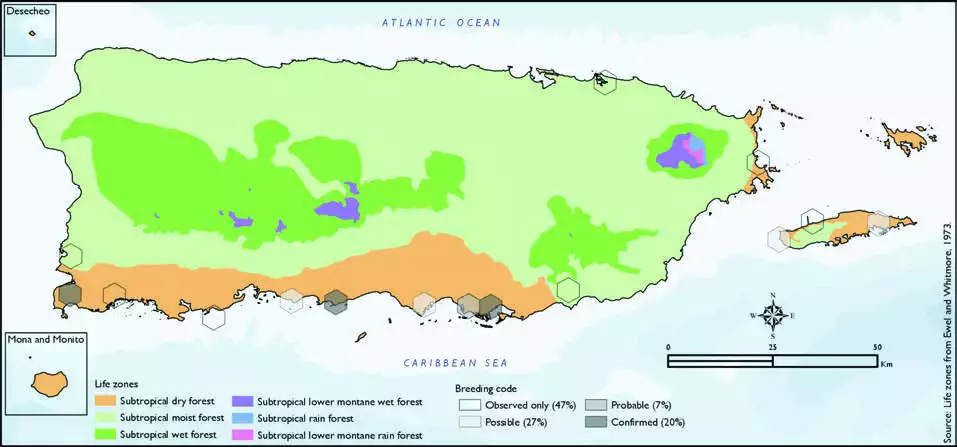Willet
Description
The willet (Tringa semipalmata), formerly in the monotypic genus Catoptrophorus as Catoptrophorus semipalmatus, is a large shorebird in the family Scolopacidae. It is a relatively large and robust sandpiper, and is the largest of the species called "shanks" in the genus Tringa. Its closest relative is the lesser yellowlegs, a much smaller bird with a very different appearance apart from the fine, clear, and dense pattern of the neck, which both species show in breeding plumage. It breeds in North America and the West Indies and winters in southern North America, Central America, the West Indies and South America.
Distribution & Habitat
The Willet is widespread in the Western Hemisphere including
the West Indies, where it is
a year-round resident in The
Bahamas, Greater Antilles, and
Cayman Islands, particularly
from August to November when
breeding resident populations
are joined by migrants from
North America (Raffaele and
others 1998). It is observed
mostly from August to April
on Puerto Rico (Biaggi 1997),
regularly in the municipality of
Cabo Rojo (Oberle 2018). It also
occurs on Vieques, where it is
a rare passage migrant during
fall, late winter, and spring, and
is extremely rare in summer
(Gemmill 2015). This species habitat includes mostly tidal
fl ats, edges of both saltwater
and freshwater bodies (Raffaele
and others 1998), mudfl ats,
mangroves (Oberle 2018), and
beaches (Biaggi 1997). The atlas
fieldwork yielded a total of 23
records within 15 hexagons or 3
percent of the 479 total hexagons
with all records occurring in
coastal hexagons (see map).
Of the 15 hexagons where this
species was found, breeding met
the atlas definition of confirmed
in 20 percent (three) of the
hexagons, probable in 7 percent
(one), and possible in 27 percent
(four), while the species was
observed in 47 percent (seven)
of the hexagons but without
evidence of breeding (see map). Willet distribution. The map shows the highest breeding code by hexagon and overlaying the ecological life zones in Puerto Rico.
Note: percentages may not total 100 due to rounding. 111Willet/Playero Aliblanco

Breeding Habits
The Willets nest is a slightly lined concavity in the sand,
sometimes with dried weeds in
the center (Biaggi 1997, Raffaele
and others 1998). Previously
published reports indicate that
breeding occurs from April to
July (Raffaele and others 1998).
Atlas results show that this
species breeding season extends
mostly from May to August and
to a lesser extent in February,
with the most breeding activity during July (see chart). Results
show that this species breeds
within the subtropical dry forest
life zone (100 percent of the
hexagons) on the south coast of
Puerto Rico (see table and map).
Conservation
The current global population trend of the Willet is described
as stable, although some
populations have unknown
trends (Wetlands International
2012). This species is currently listed as a species of least
concern by the IUCN (BirdLife
International 2016). Locally,
this species is not listed in any
of the threatened categories of
PRDNER and USFWS. In Puerto
Rico, the Willet has a protected
habitat in land of 20 percent or
38 km2 of the total area covered by the hexagons where evidence
of breeding was found for this
species (191 km2).
Related Species
Family:
sandpiper